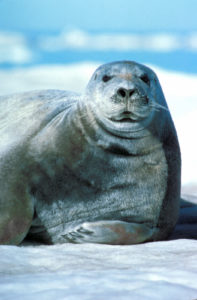Global warming and bearded seals
On Monday, the Ninth Circuit Court of Appeals upheld the National Marine Fisheries Service’s decision to list a population of bearded seal. Dwelling in the frigid Bering Sea, the listed seal population is, by current numbers, doing quite well. Why then Endangered Species Act protections? Because the Service, citing the climate models of the IPCC and others, predicts that the seal’s ice floe habitat will be substantially reduced by 2095, and thus the seal needs protection now. That an agency can predict what will happen nearly a century hence is a proposition somewhat hard to accept. Yet the Ninth Circuit, following its own precedent as well as that of the D.C. Circuit, had no difficulty affirming it, relying mainly on the extreme deference that administrative agencies receive when engaged in purportedly scientific or technical decision-making. Of course, courts have no difficulty weighing in and taking sides in scientific disputes all the time, among private parties. That reveals, I believe, the courts’ deference to agency decision-making to be the consequence not of the courts’ belief that agencies can do a better job than the judiciary in deciding challenging issues, but rather of the courts’ reluctance, as a non-democratic institution, to second-guess democratic institutions. But are administrative agencies really responsive to the electorate?


